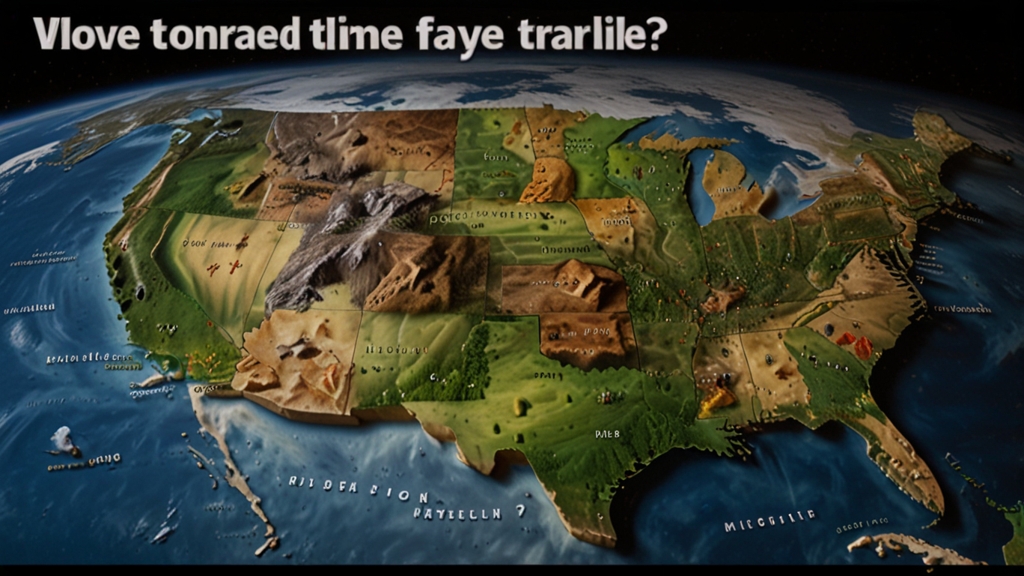Introduction
The Cold War, a period of geopolitical tension between the Soviet Union and the United States, spanned from the end of World War II until the early 1990s. This era, marked by espionage, nuclear threats, and political machinations, also became a fertile ground for literature. Authors from various backgrounds captured the tumultuous mood of the times, embedding the era's uncertainties, fears, and ideological conflicts into their works. This article delves into some of the pivotal books that reflect Cold War tension, exploring their themes, characters, and enduring impact.
Spies and Espionage: A Subterfuge of Words
Espionage novels thrived during the Cold War, feeding off the paranoia and secrecy that was prevalent at the time. These narratives didn't just entertain; they mirrored the clandestine operations that underscored the political landscape.
Undoubtedly, Ian Fleming's creation of James Bond became synonymous with Cold War espionage. Bond's adventures, starting with Casino Royale (1953), delineate an idealized yet dangerous world of international intrigue. Fleming's novels were a blend of real-world intelligence work and escapist fiction.
John le Carré's works, such as The Spy Who Came in from the Cold (1963), presented a starkly different view. Le Carré's protagonist, Alec Leamas, isn't a suave spy but a disillusioned operative caught in a web of deceit. The novel's grim realism and moral ambiguity highlight the existential dread that defined the era. Through literature, readers glimpsed the intricate and often morally gray world of Cold War espionage.
Dystopian Visions: The Cost of Ideology
While spies and espionage provided immediate thrills, dystopian literature offered readers a profound contemplation on the extreme consequences of ideological conflicts. These narratives often presented grim futures shaped by the unchecked power of the ruling regimes, be it capitalist or communist.
George Orwell's 1984 (1949) stands out as a quintessential Cold War dystopian novel. Orwell's depiction of a totalitarian state under the watchful eye of Big Brother serves as a chilling warning of the potential for both Soviet and Western forms of surveillance and control. The novel's themes of oppression, propaganda, and perpetual war resonated deeply with a readership increasingly aware of the real-world implications of government overreach.
On the other hand, Ray Bradbury's Fahrenheit 451 (1953) tackles the theme of censorship. The novel's protagonist, Guy Montag, lives in a society where books are banned, and intellectual thought is suppressed. Bradbury's work echoes the fear of a future where ideological conformity is enforced, reflecting the anxieties surrounding McCarthyism and the broader suppressive political climate of the Cold War.
Social Realism: Portraying Lived Experiences
Apart from the thrillers and dystopian visions, some authors focused on depicting the everyday lives of individuals who were caught in the crossfire of the Cold War. These narratives offered a more intimate exploration of the era's impact on personal lives and societal structures.
One notable example is Arthur Miller's play, The Crucible (1953). Though set during the Salem witch trials, Miller's work is an allegory for McCarthyism, examining how fear and hysteria can lead to the breakdown of community and justice.
Additionally, Aleksandr Solzhenitsyn's One Day in the Life of Ivan Denisovich (1962) sheds light on the grim existence within Soviet labor camps. Solzhenitsyn's detailed and stark portrayal of a single day in the life of a gulag prisoner gave the world a poignant glimpse into the brutal realities faced by millions under the Soviet regime.
Conclusion
Cold War literature, with its diverse genres and narratives, vividly encapsulates the tension, fear, and ideological battles that defined the era. From the thrilling exploits of spies to the grim warnings of dystopian futures, and the poignant lived experiences of ordinary individuals, these books offer invaluable insights. They not only entertained and provoked thought during their time but continue to be relevant as historical artifacts that help us understand the complexities of the Cold War period.











